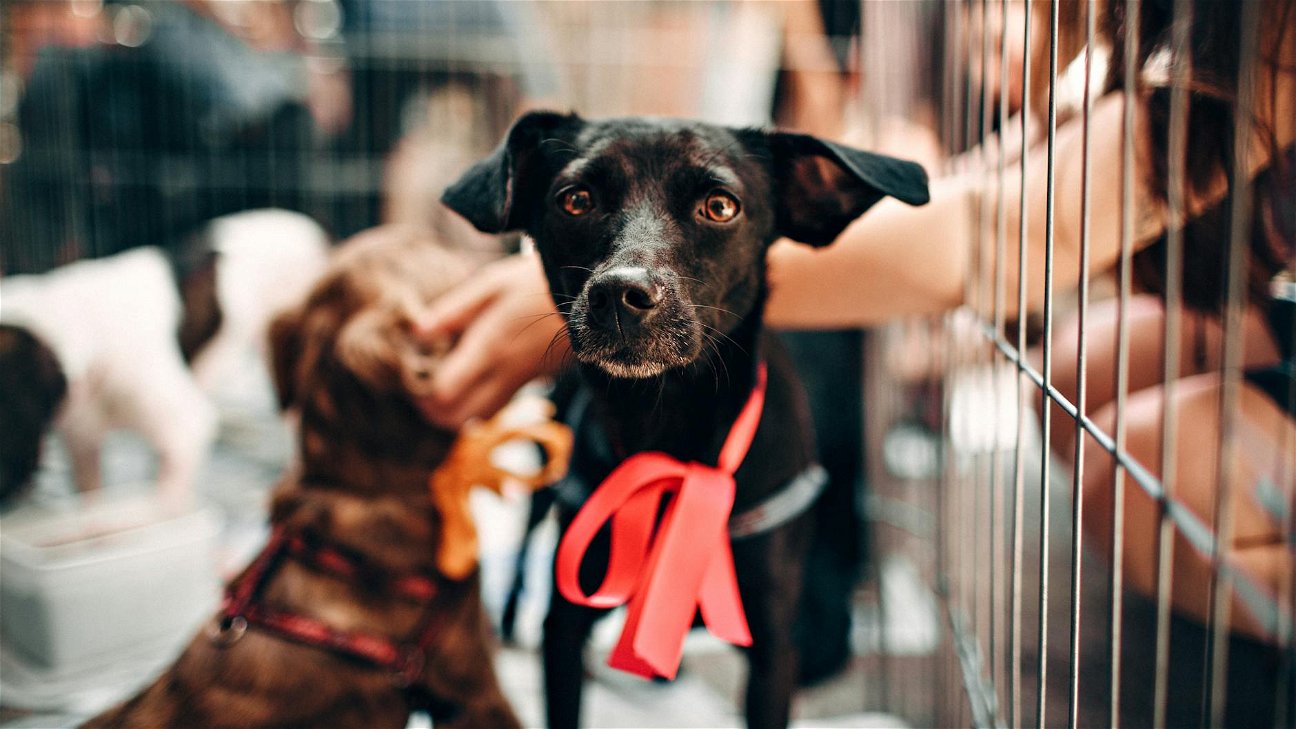
Bringing a new family member into the home, whether it's a newborn baby or a new spouse, can be a time of joy and excitement. But for our furry friends, it can be a time of anxiety, confusion, and stress. Pets are creatures of habit, and a significant change like this can disrupt their routine and sense of security. Here are some tips and tricks to help your pet adjust to a new family member.
Preparing Your Pet
Before the new family member arrives, there are steps you can take to prepare your pet and make the transition smoother.
-
Establish a Routine: Pets thrive on routine. Start by setting a consistent schedule for feeding, walks, playtime, and bedtime. Maintain this routine after the new family member arrives to give your pet a sense of stability.
-
Gradual Changes: If there are going to be changes to where your pet sleeps or spends most of their time, make these adjustments gradually. Abrupt changes can cause stress and anxiety.
-
Familiarize Them with New Smells and Sounds: Introduce your pet to the smells and sounds associated with the new family member. This could involve letting them sniff baby items or playing recordings of a baby crying.
-
Training and Behavior Adjustment: If your pet has any behavioral issues, address them before the new family member arrives. This might involve hiring a professional trainer.
-
Introduce New House Rules: If there are going to be new rules for your pet, start enforcing them in advance. This could include not jumping on furniture or staying out of certain rooms.
Introducing Your Pet to the New Family Member
The introduction between your pet and the new family member is crucial. Here's how you can make it go smoothly:
-
Calm and Controlled Introduction: The first introduction should be calm and controlled. Keep your pet on a leash if they're likely to jump or get too excited.
-
Let Your Pet Approach at Their Own Pace: Don't force the interaction. Allow your pet to approach the new family member at their own pace, sniffing and exploring as they feel comfortable.
-
Reward Positive Interaction: Reward your pet for positive interactions with treats or praise, reinforcing that the new family member is a good thing.
-
Monitor Interactions: Always supervise interactions between your pet and the new family member, especially if it's a baby or young child.
Signs Your Pet Is Struggling and What to Do
Sometimes, despite our best efforts, our pet might still struggle with the new family member. Here are some signs to watch out for and what you can do:
Remember, every pet is unique and might react differently to a new family member. Be patient, and over time, they'll adjust to the new changes in the household.











